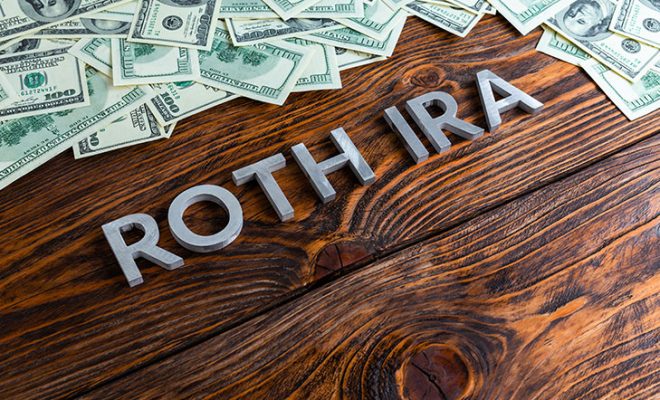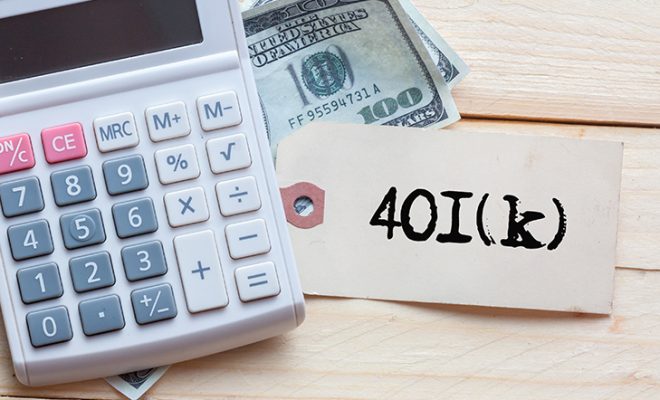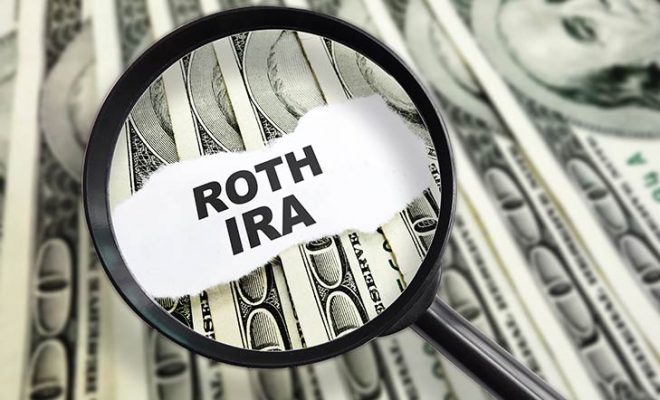Things to Keep in Mind When Converting IRAs to Roth IRAs

For most retirement investors, saving and investing those savings into the right accounts such as the individual retirement account (IRA) would seem like the final seal on a perfect retirement. People might get complacent and believe that all that could be done to ensure a well-funded retirement has been dealt with. But the truth is that the road ahead is long and merely investing in an IRA will not fetch the right balance for the aspired after-work life. One of the most critical aspects, i.e., impending tax liabilities, needs to be considered to ensure that you are making the most of your retirement investments. The sole purpose should be to minimize the tax liabilities, for which an effective strategy would be to convert an IRA to a Roth IRA.
Roth IRA conversion
Direct investments in a Roth IRA are only permitted up to a certain income. Hence, the chances of gaining tax advantages are lower unless a conversion strategy is used. A Roth IRA conversion implies transferring retirement savings from a traditional IRA into a Roth IRA for future tax-benefits. Roth IRAs offer after-tax investments and tax-free growth and withdrawals at retirement. On the other hand, in a traditional IRA, even though the money grows tax-free, there is a charge levied upon the withdrawal of funds. You must note that the conversion will attract taxes too, but the amount paid now will be significantly lower as compared to the future tax rates. However, you must make this decision only after a comprehensive analysis.
Key Considerations when converting an IRA to a Roth IRA
Predict future taxes and analyze your current financial status
The primary advantage of converting an IRA into a Roth IRA is that it provides tax benefits, as the future tax rates are likely to be higher than the current ones. Hence, it is important to make a comparative assessment of your current and future tax bracket and make the conversion only if the predicted tax bracket is expected to be higher than the current one. You can use your recent tax return or online predictive calculators to know your marginal tax bracket. Once through, a retirement budget set against the expected retirement income plan will help predict your future tax liability. Additionally, since the conversion will accrue future benefits but incur a present cost, the investor should be monetarily sound to pay for the transfer taxes from sources other than the traditional IRA. Using the IRA money to pay for Roth IRA conversion fees, will not be the ideal move since it could cause a serious dent in retirement holdings. In addition to this, all withdrawals made from an IRA before the age of 59.5 trigger a penalty of 10%. Hence, it is best to avoid the conversion in case there is an insufficiency of non-IRA funds to pay for conversion costs.
Choose a qualified Roth IRA distribution: When a traditional account is converted into a Roth account, the investor pays tax in that year. This is the final tax amount paid and is expected to be lower than the future tax rates. Roth IRA includes after-tax investments and allows tax-free growth along with untaxed withdrawals, provided the distributions are qualified. A qualified distribution is one which occurs after at least five years from the conversion (including the year of the conversion). It is also considered a qualified distribution if it is made:
-
- On or after the age of 59.5
- In the case of an employee’s disability
- On or post the employee’s death
Hence, to gain advantages from a Roth IRA conversion, the investment made should be a qualified one.
Plan your timing
An imperative consideration, while converting an IRA into a Roth IRA, is the time of strategy application, so that it provides the maximum benefits, i.e. lower taxes. This strategy will not work for a person who wishes to withdraw the savings within five years after the conversion. If the withdrawal is made before the five-year mark, roll-over amounts attract conversion taxes and an additional 10% penalty from the Internal Revenue Services (IRS). Hence, the strategy should be applied for withdrawals aimed later than five years. The roll-over approach also works the best, when the account balance in the IRA is considerably less, owing to market lows. This would lead to a lower tax conversion rate and hence, more savings. On the other hand, in certain cases, making the conversion will be the most suitable when the investor falls in a particularly lower bracket.
For instance, after working for 12 years, X decided to take a break from work. Meanwhile, his IRA contributions were active. In this case, the ideal scenario for X would be to convert the traditional IRA to a Roth IRA during the break, since the income and taxes in the year will be lower. Similarly, the year when X receives a bonus, it would be better to avoid converting to a Roth IRA account. Additionally, it is fundamentally wise to convert the account early in the year to buy more time to pay for conversion costs.
Adopt a phased and not wholesale conversion
While transferring retirement savings into a Roth IRA, it is essential to handle the process in a phased manner, rather than opt for a wholesale conversion. A lump sum amount is at increased risk of attracting a higher tax. For example, for a married couple who files jointly and has a taxable income of $115,000, it is ideal to convert the account money only up to $50,000 or less to a Roth IRA, since that would mean a tax bracket of 22%, applicable to incomes between $78,951 – $168,400. But a few dollars above could significantly increase the tax levied because the bracket would be altered to 24%. Hence, converting gradually through partial conversions over the course of a few years is the ideal strategy to save on dues.
Sort out commingled money
A common problem for many investors is commingled money in an IRA, which implies a mix of deductible and non-deductible money. Before going ahead with the conversion, it is important to know how much of the convertible money is taxable. If a person has only deductible contributions in the IRA, the taxes owed on the money, contributions, and earnings will be the same when converting into a Roth IRA. However, with a mix of deductible and non-deductible contributions, the value of taxes also changes. Thus, it is vital to know the taxable amount in a traditional IRA at the time of conversion.
Commingled money can accumulate when a person switches jobs and merges retirement plans like a 401(k) or a 403(b), etc., to an existing IRA instead of a new one. It can also accrue if an employee makes voluntary retirement savings in the absence of an employer retirement plan. Since the IRS does not collect tax on these savings, there will be a tax implication while converting to a Roth account.
To sum it up
The conversion strategy provides futuristic tax benefits but at an immediate tax-cost. It is a viable tactic for a person aspiring for tax-free earnings, lower taxable income in retirement, or minimum distributions from a traditional IRA. Converting to a Roth IRA account has significant advantages. However, it needs to be cautiously implemented with financial prudence.
You can seek help from Financial Advisor to maximize the benefits of conversion.










